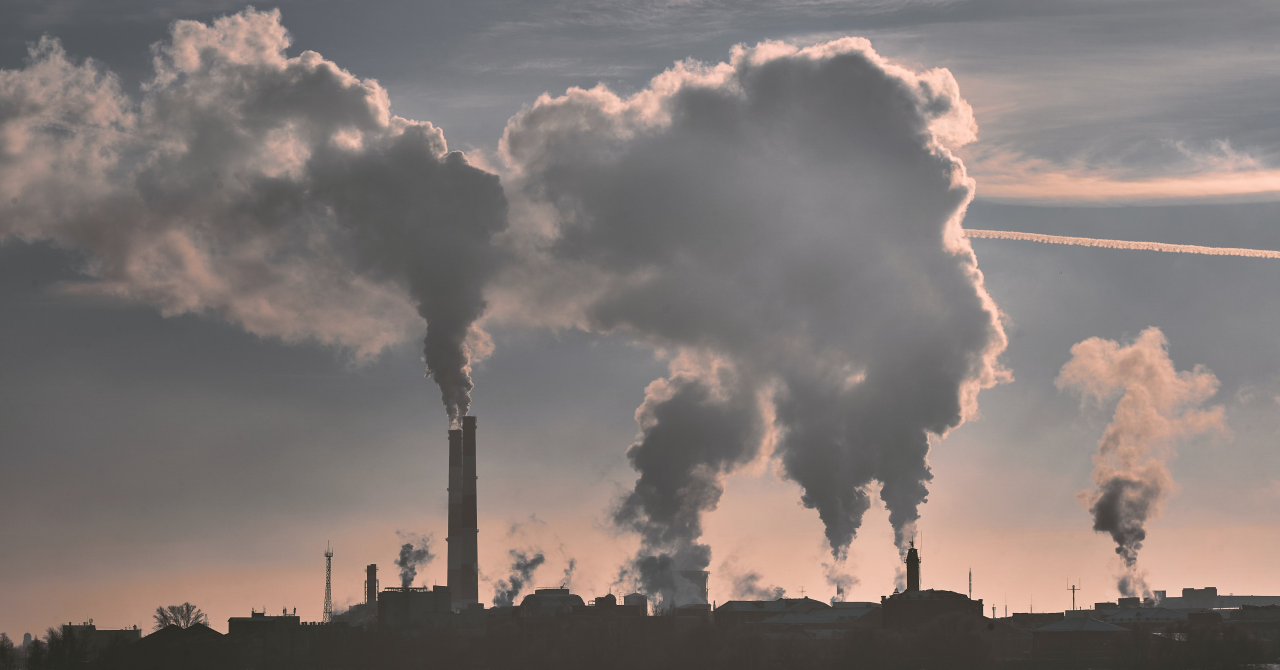According to Reuters, the survey regarding pollution collected data from nearly 6.500 cities around the globe, and showed that in some regions air pollution rose again after a decline generated by the COVID-19 pandemic.
The WHO recommends that average annual readings of smoke particles, known as PM2.5 (Fine particle matter - PM2.5 - are tiny particles that could cause health issues and can also reduce visibility if concentrations are high editor's note) shouldn't be higher than 5 micrograms per cubic meter, suggesting that even small concentrations could pose a health threat.
According to the survey data collected by IQAir, a Swiss company specialized in air quality, only 3.4% of the cities met the PM2.5 standards, with 93 cities recording levels 10 times higher than the recommended level.
Christi Schroeder, air quality science manager at IQAir said that "there are a lot of countries that are making big strides in reduction. China started with some very big numbers and they are continuing to decrease over time. But there are also places in the world where it is getting significantly worse."
Data shows that pollution levels in India grew in 2021, with New Delhi being the world's most polluted capital.
Bangladesh topped the rank as the most polluted country in the world, and Chad, located in Africa, occupied the second spot, as countries from the African continent were included in the data sheet for the first time.
China did improve on the air quality and managed to fall on the 22nd position in 2021, with recorded readings of 32.6 micrograms, compared to the 14th one that it occupied the year before.
The three most polluted cities in the world are Bhiwadi and Ghaziabad in India and Hotan, located in Western China.
 Mihai - Cristian Ioniță
Mihai - Cristian Ioniță












Any thoughts?